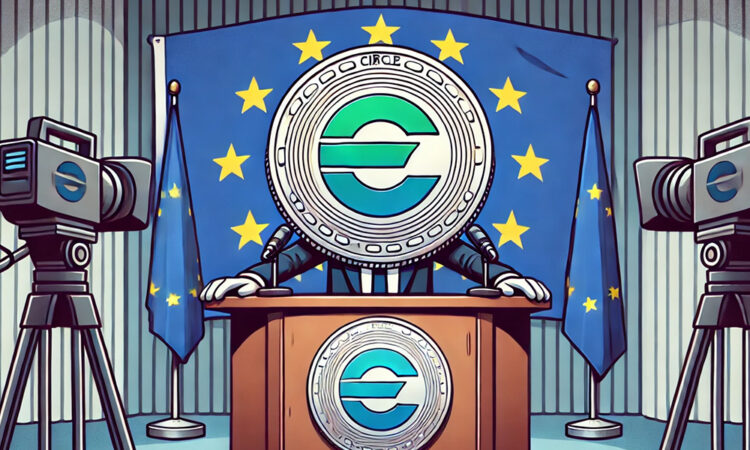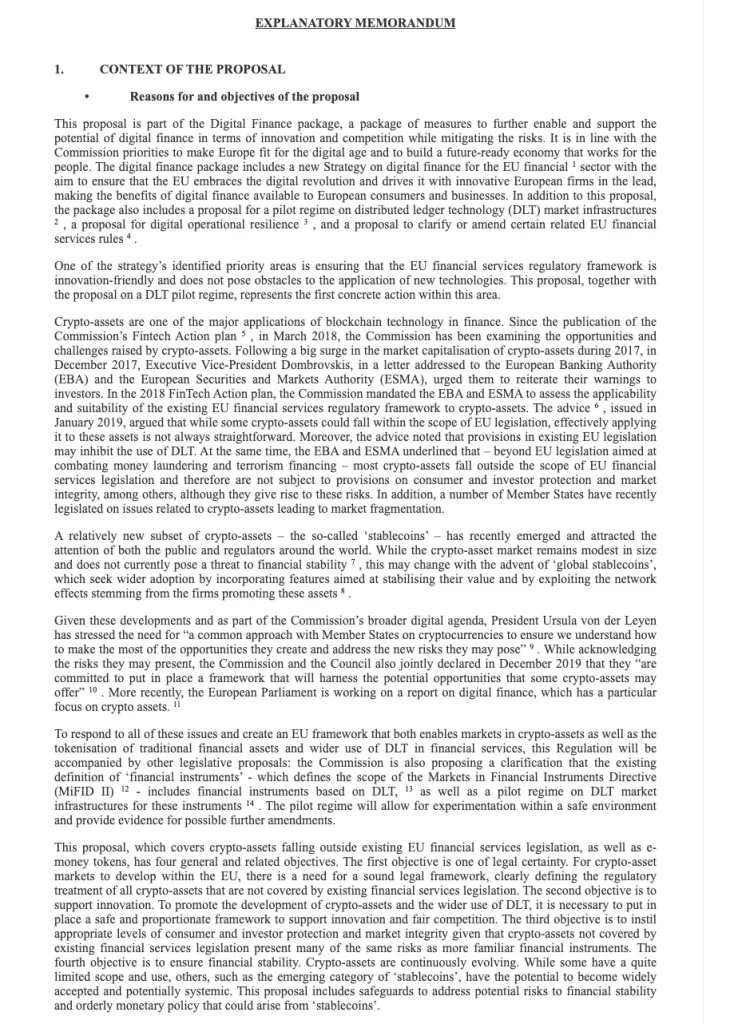
Circle has achieved a significant milestone by becoming the first global stablecoin issuer to secure an Electronic Money Institution (EMI) license, a crucial step for offering dollar- and euro-pegged crypto tokens within the European Union.
This development positions the company favorably under the new Markets in Crypto Assets (MiCA) regulatory framework. The license enables Circle to lead in the stablecoin market across the 27-country trading bloc, home to approximately 450 million people.
Significance of Stablecoins
The significance of stablecoins as critical infrastructure in the digital asset market cannot be understated. They facilitate trading on cryptocurrency exchanges and are increasingly used for transactions and remittances.
Circle’s stablecoin, USDC, which has a market value of $32 billion, remains the second-largest globally, trailing behind Tether’s USDT, which boasts a market cap of $110 billion.
The gap between USDC and the market leader has been expanding, underscoring the competitive landscape in this sector.
Following the acquisition of its EMI license, Circle Mint France, under the oversight of the French banking regulatory authority, announced plans to “onshore” the issuance of its euro-denominated EURC stablecoin within the EU.

Additionally, it will begin issuing USDC from the same entity. This strategic move comes as the MiCA stablecoin regulations took effect on June 30, a change that led some cryptocurrency exchanges to delist euro-denominated stablecoins like Tether’s EURT ahead of the enforcement date.
The genesis of the MiCA framework was partly spurred by the potential entry of major tech corporations, such as Meta’s Diem (formerly known as Libra), into the financial markets.
This possibility drove five years of dedicated policy development in Europe. Dante Disparte, Circle’s head of policy and a former participant in the Libra project, expressed a personal connection to the MiCA regulations.
“MiCA is both a vindication of the industry’s permanence and a clear statement that there are no more shortcuts in operating within the third-largest economy in the world,” Disparte noted in an interview.
He emphasized the end of an era where companies could operate in regulatory havens or behind a veil of secrecy while still accessing broad market and consumer bases.
Last year, EU regulators enacted the world’s first comprehensive cryptocurrency law, which outlines measures to ensure investor protections and the integrity of platforms against manipulation.
Known as MiCA, the law officially took effect in May 2023. It was only last week that specific provisions targeting stablecoins were finalized. These rules are particularly strict, setting limits on the trading volumes for non-euro-denominated stablecoins that are used as a means of exchange.
MiCA Regulations and Thresholds
According to the newly adopted regulations, companies are required to halt the issuance of such stablecoins if they exceed a daily threshold of either 1 million transactions or a value of more than 200 million euros ($215.2 million).
This stipulation, detailed in Article 23 of MiCA, reflects the stringent controls the EU intends to enforce on the cryptocurrency market.
As a registered EMI in France, Circle is now positioned to extend its services, including the capability to mint and redeem USDC through Circle Mint, not only in France but across the entire European Union.

MiCA allows crypto businesses to offer their services in one EU country and then expand these services to other member states, a process often referred to as “passporting.”
The remaining regulations under MiCA, which pertain to crypto asset service providers, are set to come into effect by December 30, 2024. Crypto companies will then have until July 2026 to fully comply with the MiCA standards.
Launched in September 2018 by Circle and cryptocurrency exchange Coinbase, USDC is now the world’s second-largest stablecoin, with $32.4 billion in circulation as reported by CoinGecko, standing just behind Tether’s leading USDT, which has $112.7 billion in circulation.






